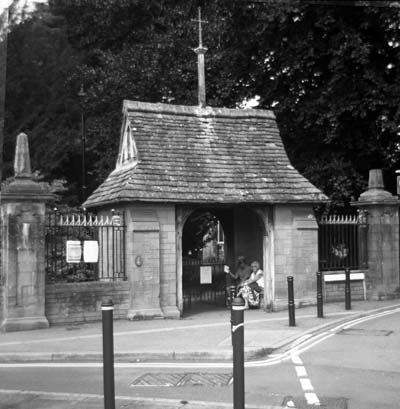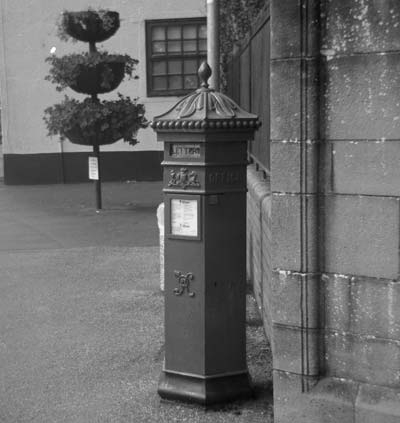Bilora Boy Luxus
Specification

| Manufacturer | : | Bilora |
|---|---|---|
| Produced | : | 1950 |
| Classification | : | Medium Format |
| Body Type | : | Solid Body |
| Construction | : | Dark Maroon Bakelite |
| Film Type | : | 120 |
| Film Width | : | 62mm |
| ImageSize | : | 2¼ x 2¼ |
| No. of Images | : | 8 |
| Lens Type | : | meniscus |
| Focus Type | : | Fixed |
| Focal Length | : | 75mm |
| Focal Range | : | 10ft - inf. |
| Aperture Type | : | Fixed |
| Aperture | : | f/12 |
| Shutter Type | : | Rotary |
| Shutter Speeds | : | I*1/40s |
| Size (w x h x d) | : | 85 x 120 x 90 mm |
| Weight (with strap) | : | 359g |
| * Measured on this camera | ||
Art Deco Credentials
![]()
![]()
![]()
Noteworthy: Worth giving special attention
- Produced after the main Art Deco period.
- Polished Dark Maroon Bakelite
- Curvilinear body design
- Rounded body corners alluding to Streamline Moderne
- Gold highlights
- Viewfinder shows stepped pattern on sides
- Concentric circular mouldings around lens
Description
This is a simple dark maroon Bakelite camera manufactured in the early 1950s by the Kurbi & Niggeloh Company of Radevormwald/RHLD, Germany. It can be compared to the Elliott Vista Colour and Elliott Vista 12 which are almost identical in shape but the Bilora Boy Luxus is smaller and ergonomically superior. It has gold highlights which make it rather attractive. The two halves of the camera clip together. It has a lever on the bottom for opening the camera. When the lever is pulled it forces the two parts of the camera apart. The downside to this camera is the long, poor quality, off white plastic strap which is permanently fitted to the camera and is forever getting in the way.
The shutter release is on the top of the camera which only works in instantaneous mode. Film advance is by a knob and there is a red window on the back to view the frame numbers. The viewfinder is quite large compared with its contemporaries and is of reverse Galileo type. It has a 'hot shoe' flash contact on the top.
How to Use
This camera takes 120 film which is easily available. Don't forget to cover the red window except when advancing the film. This should be done in low light. Modern film is sensitive to red light.
The measured shutter speed on this particular camera was 1/40s and the aperture is f/12
If you don't want to bother with an exposure meter, follow the guide shown. It is based on the 'Sunny 16' rule. Film is so forgiving and will produce acceptable results even when overexposed by 2 or 3 stops or underexposed by 1 stop.
The tables assume that the sun is at least 30 degrees above the horizon - that's 10am - 5pm on a summers day (May - August) in the UK.
Remember that the exposure guide in the manual may not be helpful as it is based on the use of old film with a low ISO value.
Using ISO 100/125 film - shutter speed 1/40s
| Weather Conditions | Shadow Detail | Aperture | Exposure |
|---|---|---|---|
 Sunny SunnySnow/Sand | Dark with sharp edges | f/12 | +3 Stops Overexposed Acceptable |
 Sunny Sunny | Distinct | f/12 | +2 Stops Overexposed Acceptable |
 Slight Overcast Slight Overcast | Soft around edges | f/12 | +1 Stop Overexposed Acceptable |
 Overcast Overcast | Barely visible | f/12 | Good |
 Heavy Overcast Heavy Overcast | None | f/12 | -1 Stop Underexposed Acceptable |
 Open Shade Open Shade/Sunset | None | f/12 | -2 Stops Underexposed Not Acceptable |
Photographs taken with this Camera
Ilford FP4+ film,. Developed in D76(1+1)



